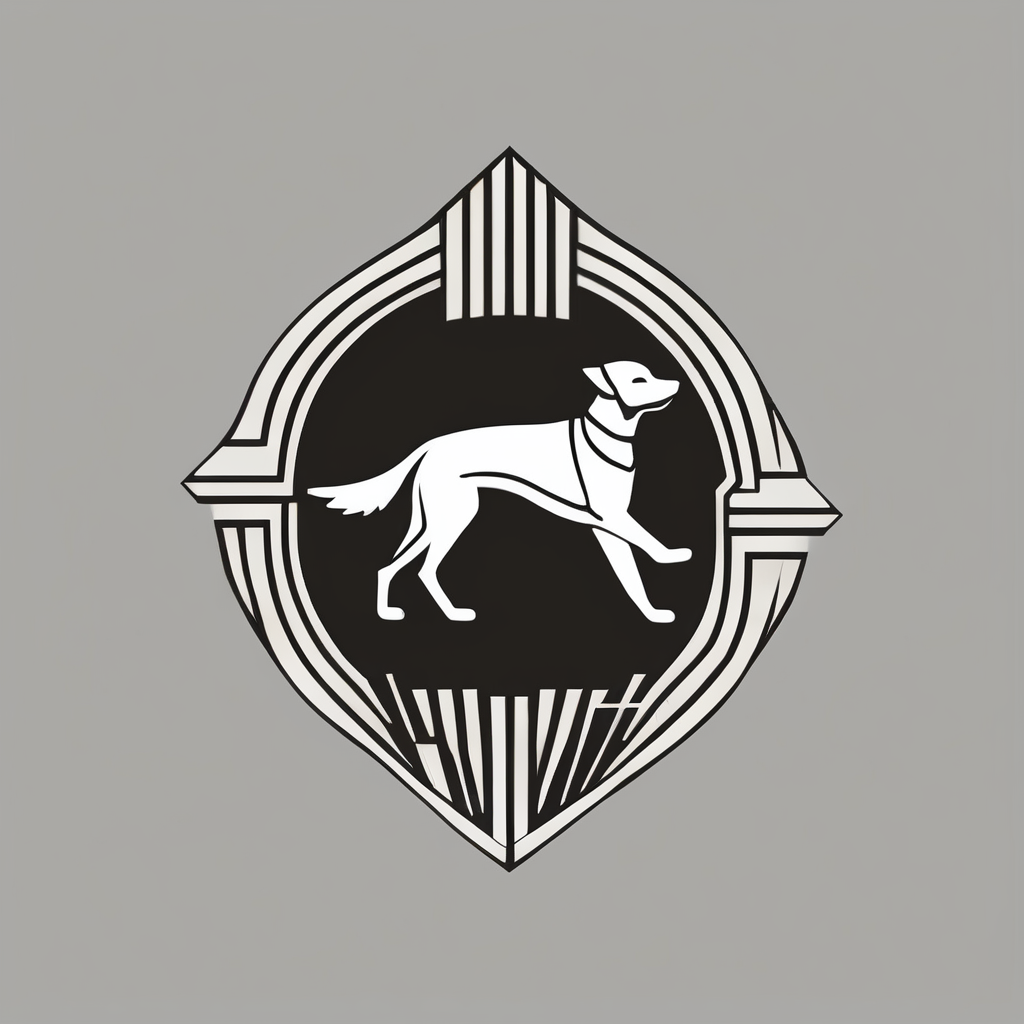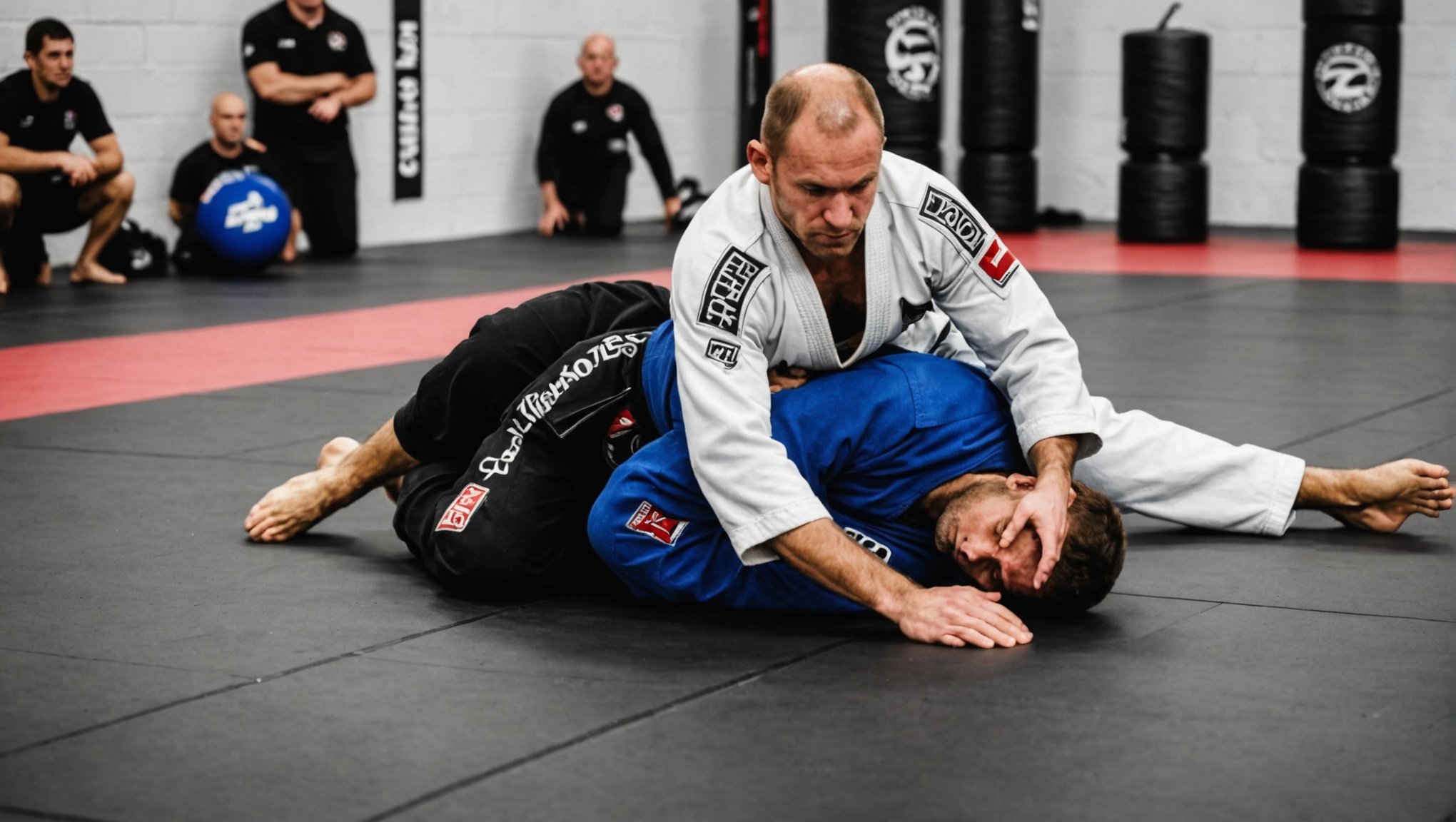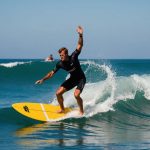Top Ground Game Enhancement Techniques Recommended by UK Jiu-Jitsu Coaches
When it comes to mastering the ground game in Brazilian Jiu-Jitsu (BJJ), UK coaches are at the forefront of innovative and effective training methods. Here, we delve into the top techniques and strategies that these coaches recommend to enhance your ground game, whether you’re a white belt or a seasoned black belt.
Understanding the Importance of Ground Game in BJJ
Before diving into the techniques, it’s crucial to understand why the ground game is so vital in BJJ. Brazilian Jiu-Jitsu, developed by the Gracie family, particularly Helio Gracie and his brother Carlos, emphasizes ground fighting and grappling over striking. This focus is rooted in the principle that most real-world self-defense situations end up on the ground.
Also to see : Top Ankle Support Strategies for Muay Thai Practitioners in the UK: Enhance Your Performance and Prevent Injuries
“Ground game is where the real magic happens in BJJ,” says Roger Gracie, a renowned BJJ practitioner and member of the Gracie family. “It’s where you can use leverage and technique to overcome larger and stronger opponents.”
Building a Strong Guard
The guard position is one of the most fundamental and versatile positions in BJJ. It allows you to defend against larger opponents and set up various submissions and sweeps.
Also to see : Mastering Off-Season Nutrition: Essential Dietary Strategies for UK Boxers
Key Guard Techniques
- Closed Guard: This is the most basic guard position where you wrap your legs around your opponent’s body. It’s excellent for controlling the opponent and setting up chokes and joint locks.
- Tips: Keep your knees tight together and your feet hooked under your opponent’s thighs. Use your hands to control their sleeves or wrists.
- Open Guard: In this position, you keep your legs open and use them to push or pull your opponent. It’s ideal for setting up sweeps and submissions.
- Tips: Keep your legs active and use them to frame your opponent. Practice different types of open guards like the butterfly guard or the spider guard.
- Half Guard: This is a transitional position where you have one leg wrapped around your opponent’s leg. It’s great for escaping bad positions and setting up sweeps.
- Tips: Use your underhook to control your opponent’s arm and create space to improve your position.
Mastering Transitions and Movement
Transitions are critical in BJJ as they allow you to move seamlessly between different positions. Here are some key transitions and movements recommended by UK coaches:
Transitioning from Guard to Mount
- Guard Passes: Learning to pass the guard effectively is crucial for advancing your position.
- Tips: Use footwork and body positioning to create angles that make it difficult for your opponent to maintain their guard. Practice different guard passes like the knee slide or the leg drag.
- Sweeping from Guard: Sweeps are essential for reversing the position and gaining the top.
- Tips: Focus on timing and using your opponent’s momentum against them. Practice sweeps like the scissor sweep or the lasso sweep.
Transitioning from Side Control to Mount
- Side Control: This position allows you to control your opponent from the side and set up submissions or advance to mount.
- Tips: Keep your body close to your opponent and use your knees to pin their hips. Practice transitioning to mount by stepping over and sitting down.
- Mount: The mount is one of the most dominant positions in BJJ, allowing you to strike or submit your opponent.
- Tips: Keep your knees wide and your weight centered. Use your hands to control your opponent’s arms and prevent them from escaping.
Strength Training for BJJ
Strength training is often overlooked in BJJ, but it is essential for improving your overall performance on the mat.
Why Strength Training Matters
- Injury Prevention: Strengthening your muscles, particularly in your core, shoulders, and back, can help prevent injuries.
- Improved Performance: Increased strength can enhance your ability to execute techniques more effectively.
Key Strength Training Exercises
- Pull-ups: Excellent for building upper body strength, which is crucial for many BJJ techniques.
- Tips: Start with assisted pull-ups if you’re not able to do full pull-ups.
- Squats: Builds leg strength, which is vital for maintaining good positioning and executing sweeps.
- Tips: Focus on proper form and engage your core.
- Planks: Strengthens your core, which is essential for stability and endurance in BJJ.
- Tips: Hold planks for at least 30 seconds to build endurance.
The Role of Training Partners in BJJ
Training partners are invaluable in BJJ as they provide real-time feedback and resistance, helping you refine your techniques.
Benefits of Training Partners
- Realistic Scenarios: Training partners allow you to practice techniques in realistic scenarios, making your training more effective.
- Feedback: Good training partners can provide constructive feedback on your technique, helping you improve faster.
How to Choose the Right Training Partners
- Skill Level: Train with partners of varying skill levels to challenge yourself and learn new techniques.
- Tips: Train with more experienced partners to learn new techniques and with less experienced partners to practice teaching and refining your skills.
- Communication: Communicate clearly with your training partners about what you want to work on and any injuries you may have.
- Tips: Use verbal cues and body language to communicate during rolls.
Practical Insights and Actionable Advice
Here are some practical insights and actionable advice from UK BJJ coaches to help you enhance your ground game:
Drilling Techniques
- Drilling: Drilling involves repeating techniques multiple times to build muscle memory.
- Tips: Drill techniques in sets of 3-5 repetitions, focusing on perfecting the movement rather than just going through the motions.
Live Rolling
- Live Rolling: Live rolling, or sparring, is essential for applying techniques in real-time scenarios.
- Tips: Start slow and focus on executing techniques rather than trying to win. Use live rolling to test your skills and identify areas for improvement.
Mental Preparation
- Mental Toughness: BJJ is as much a mental game as it is physical.
- Tips: Practice mindfulness and visualization techniques to improve your mental toughness. Focus on staying calm and composed during rolls.
Table: Comparison of Key Ground Game Techniques
| Technique | Description | Key Tips |
|---|---|---|
| Closed Guard | Wrap legs around opponent’s body | Keep knees tight, feet hooked under thighs, control sleeves or wrists |
| Open Guard | Keep legs open, use to push or pull opponent | Keep legs active, frame opponent, practice butterfly or spider guard |
| Half Guard | One leg wrapped around opponent’s leg | Use underhook to control arm, create space to improve position |
| Guard Pass | Transition from guard to top position | Use footwork, create angles, practice knee slide or leg drag |
| Sweep from Guard | Reverse position from guard to top | Focus on timing, use opponent’s momentum, practice scissor or lasso sweep |
| Side Control | Control opponent from side position | Keep body close, use knees to pin hips, transition to mount |
| Mount | Dominant position on top of opponent | Keep knees wide, weight centered, control arms to prevent escape |
Quotes from UK BJJ Coaches
- “The key to a strong ground game is consistency and patience. Don’t get discouraged if you don’t see improvements right away. Keep drilling and rolling, and you’ll eventually see the results.” – Mauricio Gomes, Guildford Jiu Jitsu.
- “Strength training is not just about lifting weights; it’s about building functional strength that translates to the mat. Focus on exercises that improve your overall strength and endurance.” – UK BJJ Coach.
Enhancing your ground game in BJJ requires a combination of technical knowledge, strength training, and dedicated practice. By focusing on building a strong guard, mastering transitions, incorporating strength training, and training with the right partners, you can significantly improve your skills.
Remember, BJJ is a journey, not a destination. It takes time, effort, and patience to become proficient. Here are some final tips to keep in mind:
- Be Consistent: Regular training is key to improving your skills.
- Stay Patient: Don’t get frustrated if you don’t see improvements right away.
- Learn from Others: Seek feedback from coaches and training partners.
- Stay Safe: Always warm up before training and listen to your body to avoid injuries.
With these techniques and tips, you’ll be well on your way to becoming a formidable grappler on the mat. So, roll up your sleeves, hit the mat, and let the journey begin











